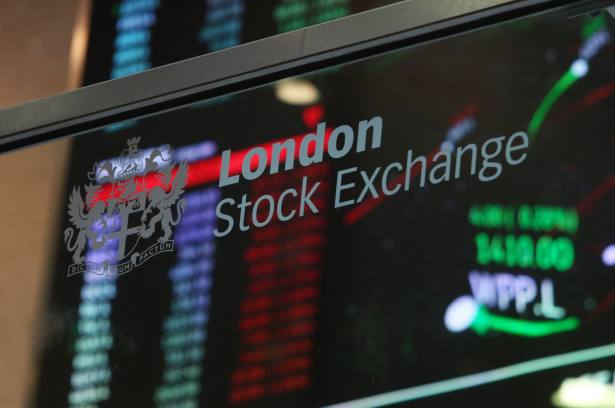
The sharp fall in mid-cap stocks in the wake of the EU referendum result last June may have caused some investors to overlook the sector, despite a strong recovery in the past 10 months.
On the day after the Brexit result, the FTSE 250 index dropped 7.2 per cent compared with a 3.2 per cent fall in the large-cap FTSE 100, data from FE shows. By the following Monday, June 27, the mid-cap index had slumped further, down 13.7 per cent, on concerns over the outlook for the economy. But fast forward to April 12 2017 and the FTSE 250 index has climbed 14.3 per cent in total return sterling terms since the referendum, compared with a 19.4 per cent rise in the FTSE 100.
Richard Watts, manager of the Old Mutual UK Mid Cap fund, says: “There was a lot of fear about the outlook for the UK economy and for UK domestic cyclicals, such as housebuilders, challenger banks, retailers, and pub and restaurant companies.
“You saw that very clearly in the share price reaction: a lot of these companies halved in terms of share price moves. But then UK economic data proved to be stronger than anticipated through the second half of 2016 and so far into 2017.
“As that data remained resilient and the economy carried on growing, a lot of those stocks have recovered. Housebuilders are almost back to where they were before the referendum [and] the challenger banks have pretty much unwound all of the losses and in many cases are trading higher than they were [pre-referendum].”
Paul Spencer, vice-president and portfolio manager in the Franklin Templeton UK equity team, notes that when the market has seen a broad decline, retail investors in small- and mid-cap stocks tend to become overly pessimistic. But he argues “that’s exactly the time to consider buying opportunities”.
“As a general asset-allocation area, small- and mid-cap stocks seem to have been suffering net outflows for 12 months or so,” Mr Spencer notes.
“In particular, UK mid caps were very weak in the immediate aftermath of the Brexit vote, but from an investor’s perspective it offered us an opportunity to buy stocks that we’d had our eye on at valuations we hadn’t seen for a couple of years.”
“These occasional reversals can create value opportunities that short-term or passive investors might not otherwise get. If a long-term investor can look beyond the short-term volatility and see attractive compound growth over the longer term, then these shake-outs shouldn’t prove too alarming.”
However, he suggests that valuations in UK-listed mid-cap stocks “look a little full at the moment. The price-to-earnings ratio for the FTSE 250 index is currently around 15 times”.
Mr Spencer says: “Valuations around that level suggest a degree of profit recovery for mid caps that might be a little difficult to achieve in the short term, but then again the entire market appears to be fully valued. For instance, the FTSE 100 index is on about the same rating as the FTSE 250 for the first time in quite a while. We think it takes a longer-term view – probably at least three years – to make sense of some of the current mid-cap valuations.”






